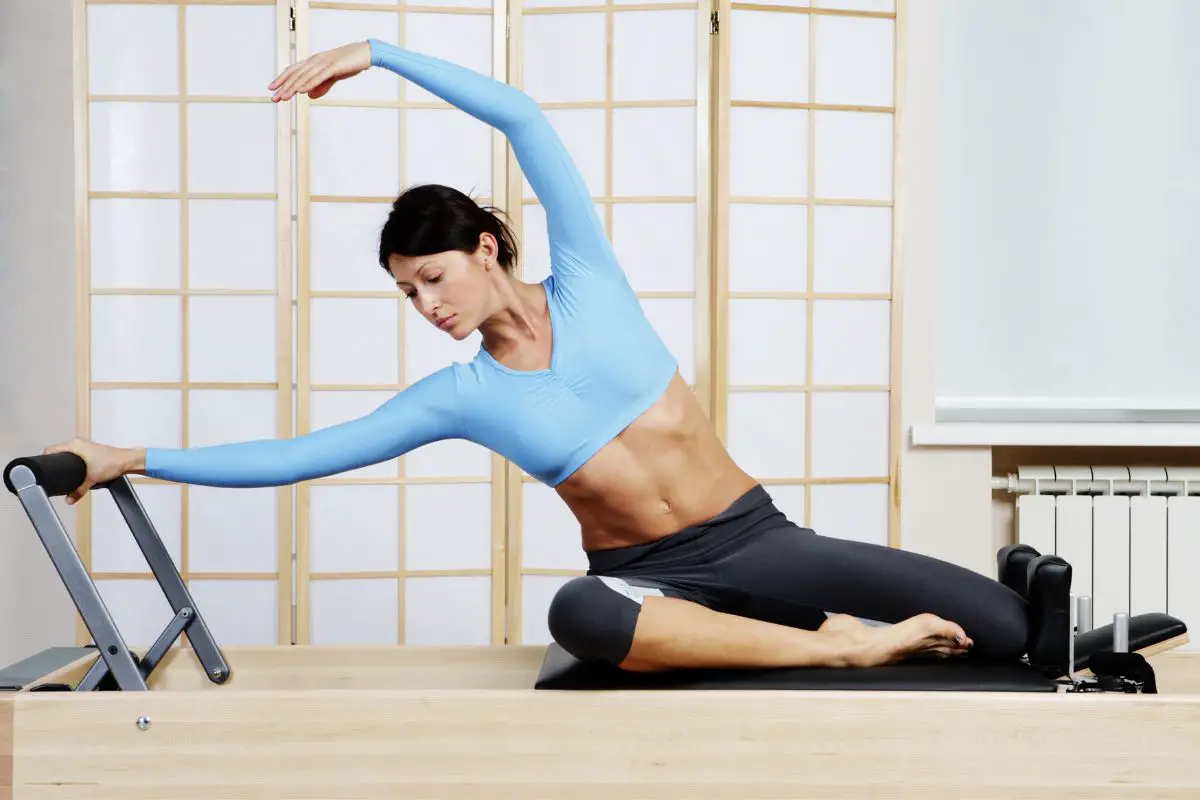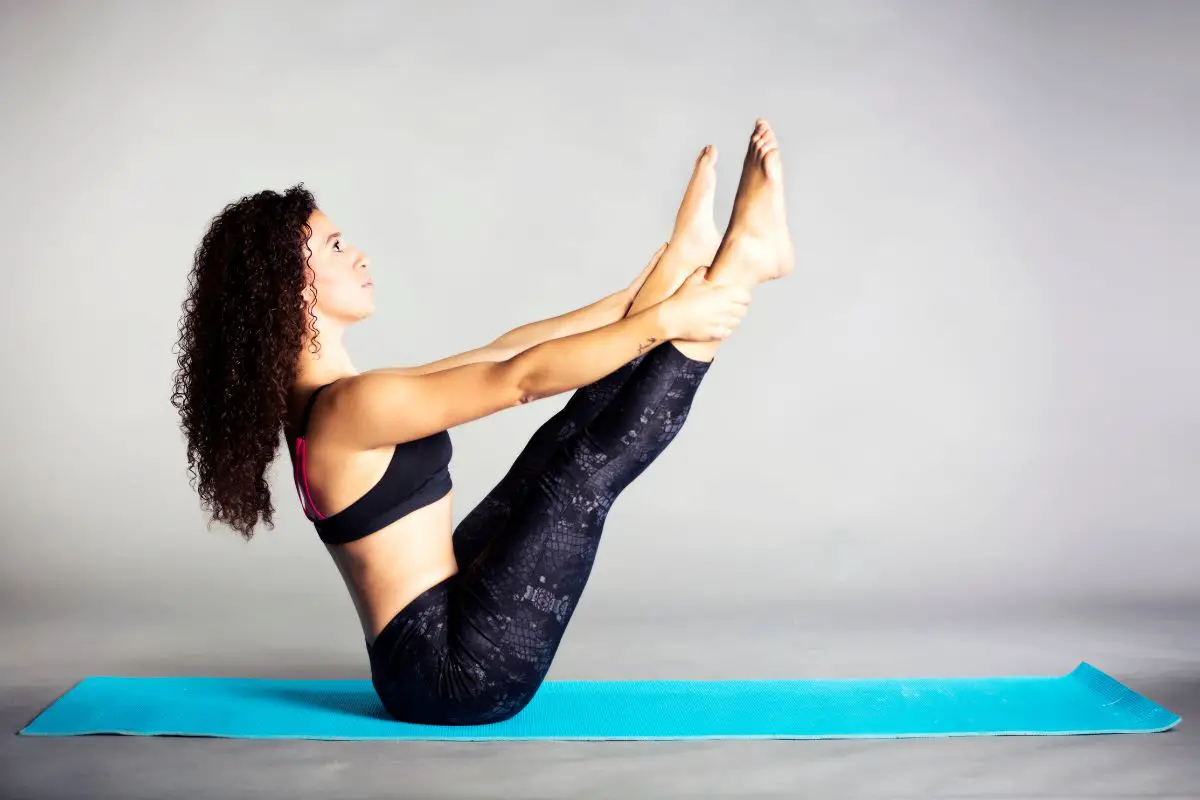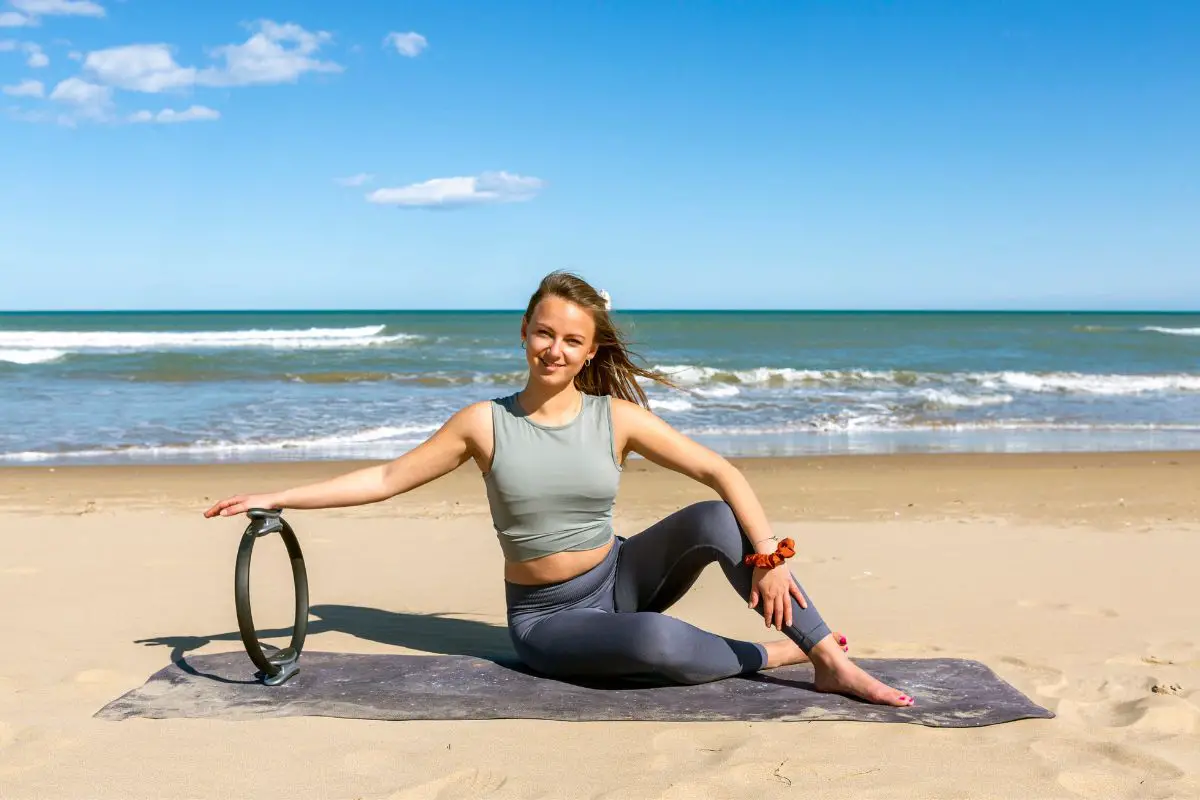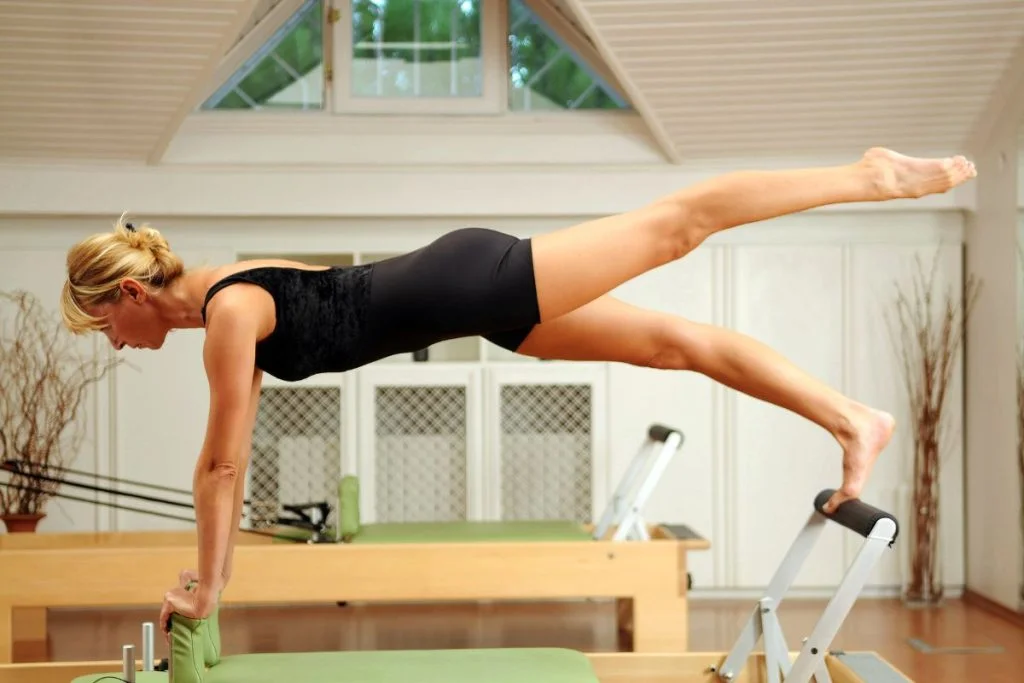Classical Vs Contemporary Pilates – What’s The Difference?
If you have thought about attending a pilates class, you may have noticed that they teach classical or contemporary pilates.
This can cause some confusion for people as they are unaware of the difference between the two, but what is classical pilates and how is it different from contemporary?
Classical pilates and contemporary pilates have both similarities and differences.
Classical pilates refers to the original exercises that were first devised when pilates was invented, and contemporary pilates refers to the variations of classical pilates that have since been invented and taught.
This article will explain more about the differences between classical and contemporary pilates so that you can understand more about how the movements have developed.
You can find out more below to expand your pilates knowledge!
Classical Pilates

When you take part in a classical pilates class, the movements that you are being shown aim to stay true to the original pilates movements that were created by Joseph Pilates.
The exercises come from the original workout routine that was first introduced when pilates was new, so the movements will not stray far from the original.
Some instructors will teach classical pilates differently, but for the most part, the exercises are all the same as Joseph Pilates’ creations.
You might find that there are slight variations in the movements, but not often.
Contemporary Pilates

The movements that you are shown in a contemporary pilates class originate from Joseph Pilates’ original work, but the movements are modified.
The modified movements come from the first pilates exercises, but they are aimed to help people with injuries to easily perform the movements without further hurting themselves.
Contemporary pilates is thought to be a modern style, but they still stay true to the original exercises, just in a modern way.
You will see lots of similarities to classical pilates, but the movements will be more accessible for everyone.
Which Style Is Better?
There is no telling which style of pilates is better as it is down to your personal opinion.
Pilates is pilates, so whatever style you choose to take part in, you will notice that you will feel stronger, more toned, and more flexible. Some people prefer one style of pilates over the other, but others do not have a preference.
People who are familiar with classical pilates might find it difficult to do contemporary pilates as they notice too many differences.
As the movements in contemporary pilates are modified to be more accessible, people who are used to classical pilates can find contemporary pilates slightly easier.
Are Classical Pilates And Contemporary Pilates Taught The Same Way?
Every pilates instructor teaches classes differently as there are so many different mindsets when it comes to classical pilates and contemporary pilates.
As instructors have all been taught in different ways, none of their methods will be the same, as pilates gives people the opportunity to find what works best for them.
In classical pilates classes, you will find that a lot of the movements are similar in every class that you attend as they follow the original exercises that were first created.
With contemporary pilates classes, you are more likely to get a range of different movements in classes as there are many different modifications.
Should You Start With Classical Pilates?
Lots of people believe that you should know about classical pilates before you try contemporary pilates, but others do not think that it matters.
If you begin classical pilates first, you will be able to become more familiar with the original exercises, but for some people, classical pilates does not work for them.
Although contemporary pilates is a more modern style of pilates, it still aims to help people become stronger and more flexible.
You can begin with contemporary pilates first if you wish as you must be comfortable with the class that you attend and be happy performing the movements.
Can You Try Both?
You can try both classical pilates and contemporary pilates to see which style you prefer.
It is a good idea to discuss the style of pilates with an instructor before you begin the class to make sure that you are happy with what you will be doing.
This will allow you to explore different exercises to see what ones you prefer.
Can You Injure Yourself In Pilates?
It is possible to injure yourself in pilates, so it is important to go at your own pace.
Some people find that classical pilates is too intense for them and that they are unable to do the exercises, so they find contemporary pilates more manageable.
If you force yourself to do exercises in classical pilates that is too painful, you will cause yourself an injury.
Contemporary pilates is designed to be more accessible for people who have existing health issues like joint pains or arthritis.
The movements are not as intense, so everyone can take part in the classes. If you have reduced mobility and you want to try pilates, starting with contemporary pilates will help to ease you into it.
Modifications In Contemporary Pilates

Equipment
Using equipment in some exercises can help to make the movements more accessible for you.
If an exercise involves you needing to bend down to the floor, you might be unable to do this without causing yourself further pain.
However, by using equipment like a yoga block, you can sit on it to lengthen your spine and get closer to the floor to perform the movement.
Pilates rings are often used in exercises, but they can also be used to modify exercises.
Abdominal exercises can be difficult to perform if you have back pain, so using the rings to keep your legs elevated during the exercise can reduce the strain on your back and help you to successfully perform the movements.
Neck Support
Lots of core exercises in pilates require you to keep your head and shoulders lifted off the floor, which can be difficult for a lot of people with back problems.
Keep your neck supported throughout the movements by keeping your hands behind your head with your elbows out.
You will still be able to do the exercises, but your neck will be supported.
Back Support
Bending your knees is very important in lots of pilates exercises as this reduces the strain on your back.
For lower back pain, make sure that you are not doing too much during an exercise.
Firstly, try lifting one arm, then lift two arms, then try lifting each of your legs. If any of these movements are painful, you can identify which one and avoid doing it.
You can also reduce the strain on your back in between pilates exercises by practicing the Child’s pose, Cat pose, or Cow pose.
Final Thoughts
To conclude, there are many differences between classical pilates and contemporary pilates, but also many similarities.
Classical pilates follows the original pilates exercises that were made by Joseph Pilates, whereas contemporary pilates is a more modern style that modifies these classical movements.
You should practice the style of pilates that you are most comfortable with, so trying them both is important for seeing how your body finds the movements.
There is no definitive answer as to whether classical or contemporary pilates is better, it is based on personal preference!





